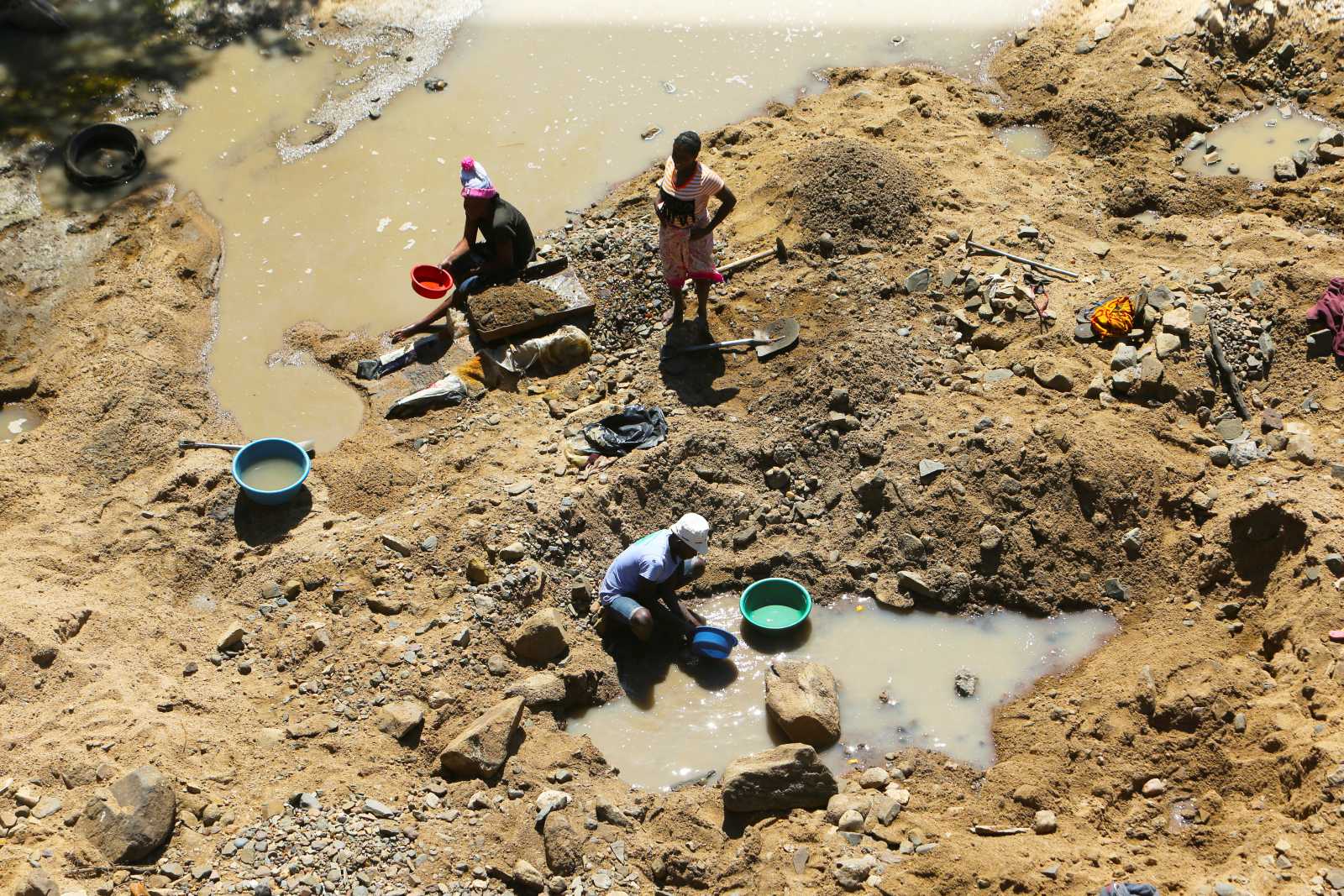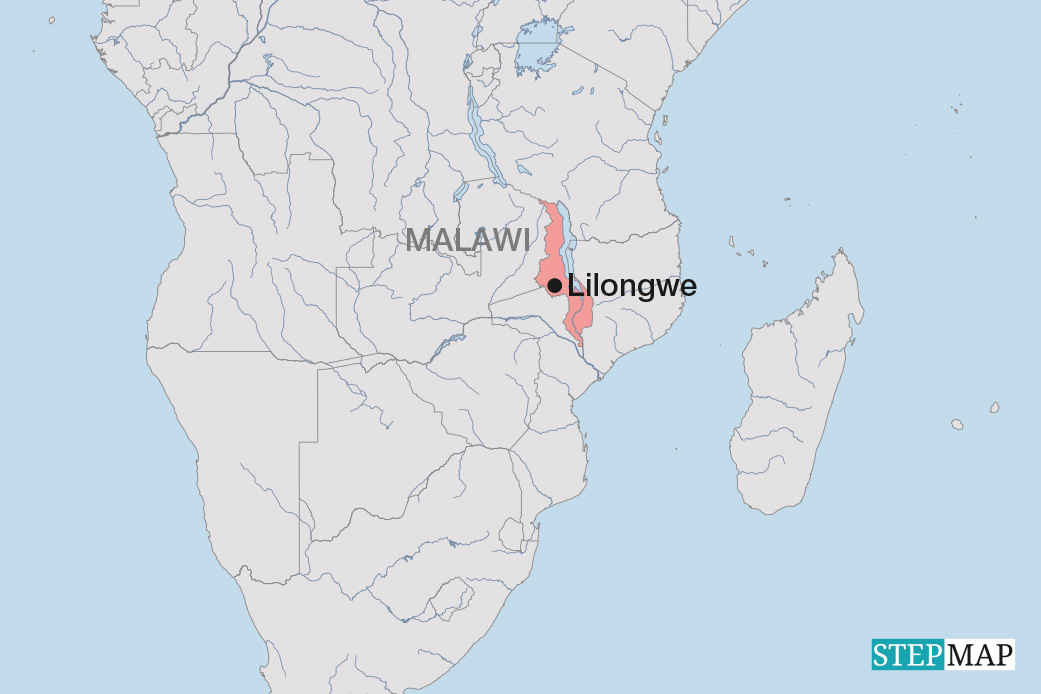Comment
No time to catch one’s breath
[ By Frank Herrmann ]
Mitch, Stan, Agatha – these names may mean little to us, but are household words in Central America. Hurricanes of these names devastated large parts of Guatemala, El Salvador, Honduras and southern Mexico in 1998, 2005 and 2010.
Hurricane Mitch was the Atlantic’s third strongest tropical storm since 1780. It cost more than 11,000 lives and caused some $ 6 billion in damage. In 2005, hurricane Stan killed more than 1,000 people. And in 2010, Agatha brought down as much rain in just a few hours as usually falls in a month.
This time, Guatemala was hit especially hard. Some 165 people died, more than 180,000 were evacuated and masses lost their homes. Nonetheless, Agatha was just a prelude to the heaviest rainy season in seven decades. Like neighboring Honduras, El Salvador and southern Mexico, the small Central American nation suffered yet more casualties and severe infrastructure damages. Hundreds of bridges collapsed, thousands of buildings were destroyed and innumerable streets became impassable.
On the world stage, however, such losses are hardly noticed. Central America is neither very important economically nor does it have strong international lobby. A cynic might say that there were simply too few victims this year to warrant any large-scale fund-raising campaigns like for Haiti’s earthquake victims or at least some media attention as in the case of Pakistan’s floods.
Honduras, El Salvador and Guatemala sorely needed support. In these three countries, the majority of the people live in poverty. Rural incomes are generally worth less than € 100 per month. Subsistence farming is common, and peasants typically earn some cash with coffee or vegetables for export.
Hurricanes, earthquakes and droughts put smallholders’ harvests at risk, and malnutrition and famine are the result. Last year, Guatemala suffered a severe drought, so 90 % of the harvest was lost. Already precarious food security was undermined even more. By March this year, 460 people had died of hunger, 54 of them were children. A fifth of Guatemala’s people is at risk of not getting enough to eat. This year, torrential downpours and floods destroyed harvests, and famine is therefore once again expected in some regions.
Village infrastructure is especially vulnerable to storms. People mostly live in simple huts made of mud or cavity blocks. Iron reinforcements are rare and many huts are built on unsuitable ground. Around the villages, forests on sloping hills are being cut down for the sake of new farmland and firewood.
When the next hurricanes strike, the precarious situation of many people – both in rural areas and urban slums – will become brutally evident. The past 12 years have shown that governments are simply incapable of handling disaster prevention, and even less damage repair. The authorities lack money, are not coordinated and do not have master plans.
In general, only the most important traffic routes get fixed; on country roads, only potholes are filled in. Crisis prevention is limited, and where it is done, it is part of some development project. As natural disasters strike ever more often, there is less and less time for reconstruction. And all too often, money used for this purpose is taken from budgets originally earmarked for education or healthcare. The vicious circle of poverty is complete.
Time is running out. Central America is facing the prospect of more frequent hurricanes. To survive the storms merely with a black eye, Central America would have to drastically reduce poverty and build more stable infrastructure. Wouldn’t it be nice if newspapers across the globe one day ran headlines like "Central America survives dangerous hurricane with hardly any damage"?







